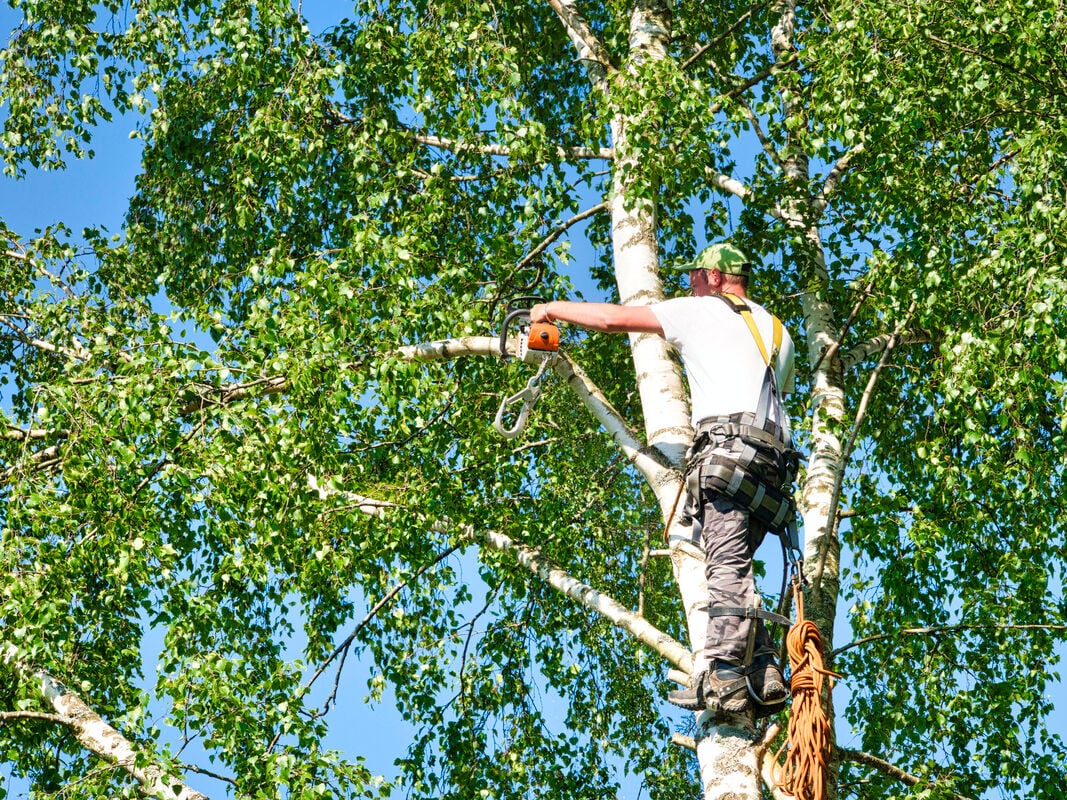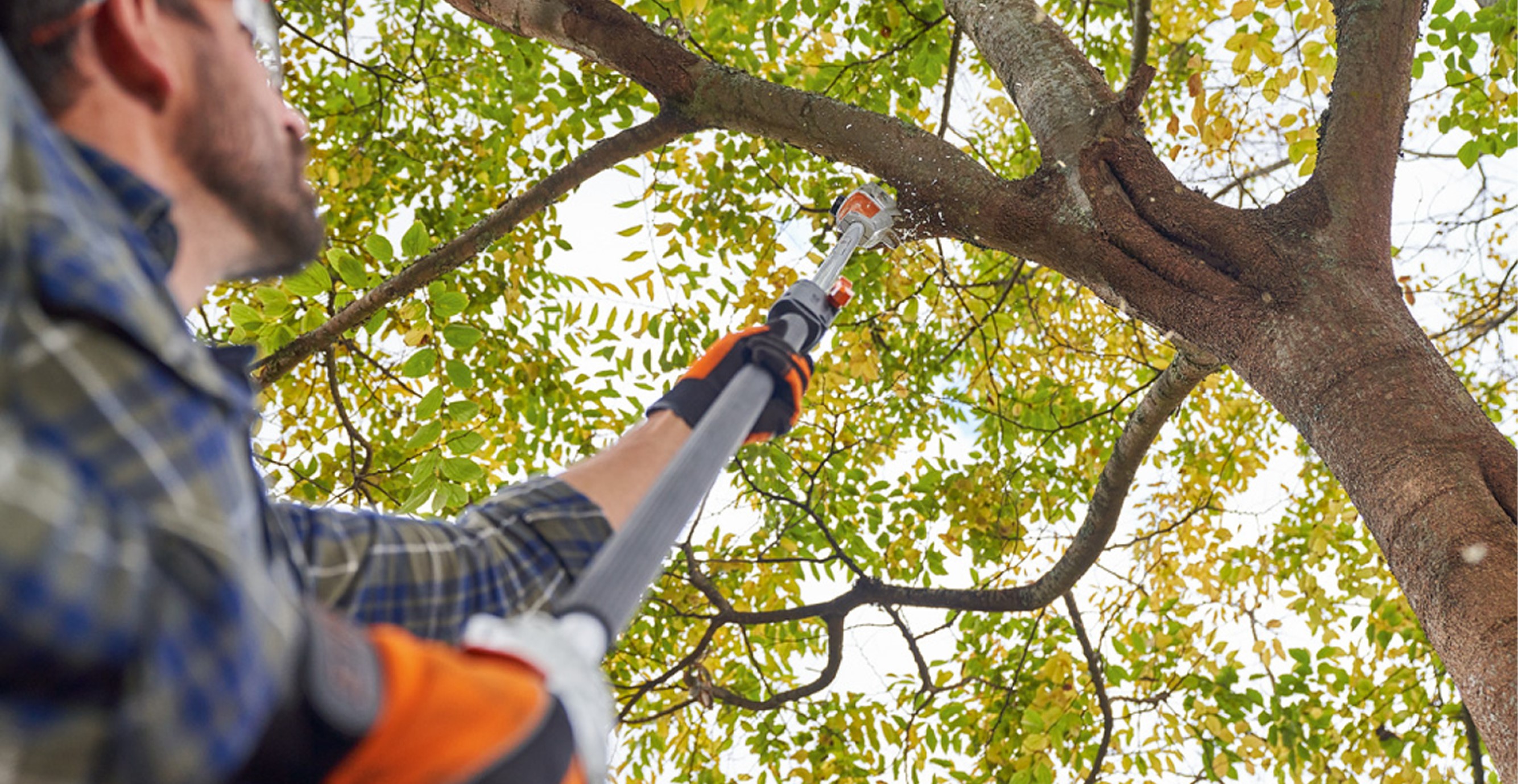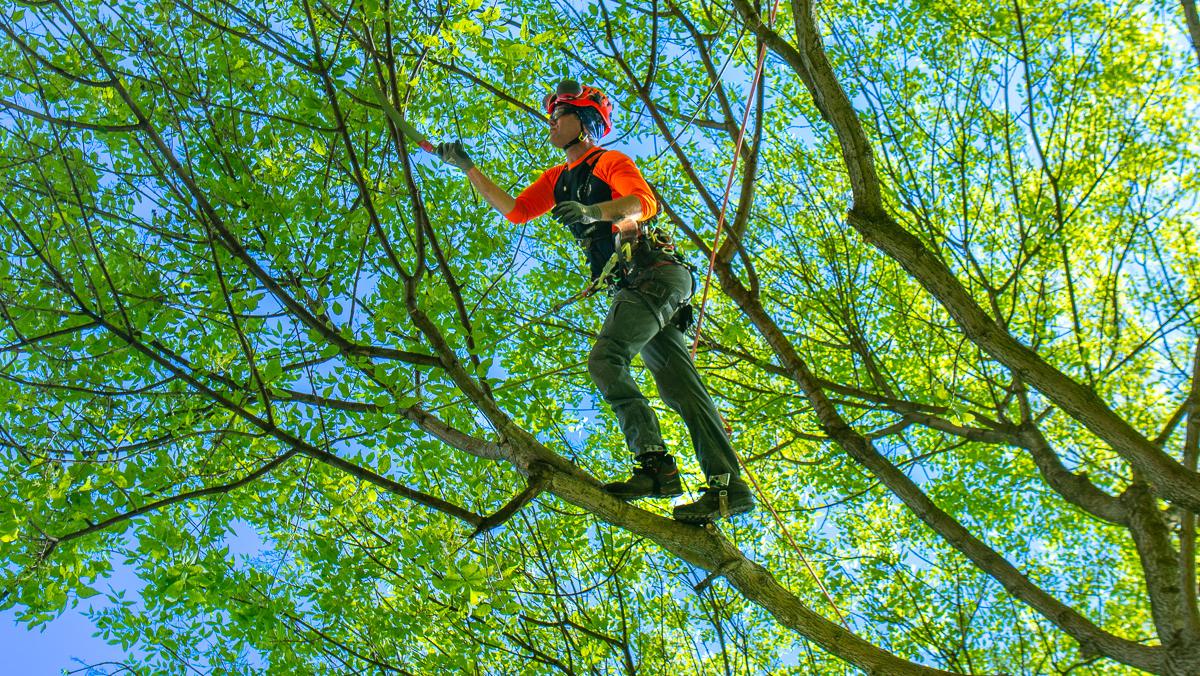
If you’re a Georgia homeowner or property manager who wants to maintain a healthy, attractive landscape, knowing the difference between tree trimming and tree pruning is essential. While both involve cutting branches, these two techniques serve very different purposes. Yet, many people use the terms interchangeably—leading to confusion and sometimes improper tree care.
Understanding when to trim and when to prune can help you protect your property, improve tree health, and enhance your yard’s appearance all year round. At Georgia Pro Tree Services, we aim to simplify this topic and help you make informed decisions for your outdoor space.
Tree Trimming: Keeping Growth in Check
Tree trimming is primarily about aesthetics and control. When your trees or shrubs become overgrown, start blocking driveways, windows, or power lines, or just look unruly, trimming is the solution.
Trimming involves removing excess growth from trees and shrubs to maintain their shape, appearance, and size. It's typically done more frequently than pruning and is a key part of landscape maintenance—especially in residential and commercial settings where curb appeal matters.
In the Georgia climate, fast-growing trees and shrubs can quickly become unmanageable without regular trimming. By cutting back branches strategically, you create a clean, tidy look while also improving light penetration and air circulation. This can benefit the surrounding plants and turf that rely on access to sunlight.
Regular trimming also helps reduce the risk of limbs interfering with structures, utility lines, and walkways. For homeowners and businesses, this means fewer safety concerns and a well-maintained property that reflects pride and attention to detail.
The best time to trim most trees in Georgia is during the growing season, especially in late spring or summer when growth patterns are easier to observe. However, different tree species may require specific timing, so it's wise to consult a professional.
Tree Pruning: Supporting Health and Safety
Tree pruning is more technical and is focused on the health, safety, and structural integrity of a tree. This process targets diseased, dead, or structurally unsound branches that could compromise the tree or become hazardous to people and property.
Pruning isn't just about removing what's visible—it’s about shaping the future of the tree. This includes eliminating weak limbs, encouraging strong branch structure, and removing areas that may attract pests or harbor disease. When done correctly, pruning stimulates new, healthy growth and can extend the life of a tree significantly.
Unlike trimming, pruning is typically done during the dormant season—late winter or early spring in Georgia—when trees are less vulnerable to stress and pathogens. Performing pruning during this time also gives arborists better visibility of the tree’s structure, allowing for more strategic cuts.
Proper pruning is especially important for younger trees. Early pruning establishes a strong growth pattern, minimizing the risk of future problems such as splitting limbs or uneven weight distribution.
Neglecting pruning can lead to expensive issues later. Diseased or dying branches are more likely to fall, especially during storms—a frequent concern in many parts of Georgia. Regular pruning helps prevent this by addressing structural vulnerabilities before they become dangerous.
Why Timing and Technique Matter
Trimming and pruning both involve cutting branches, but their goals, timing, and techniques are distinct. Performing the wrong task at the wrong time can do more harm than good.
For example, excessive trimming can shock a tree, especially if done in extreme heat or during dormancy. Over-trimming may also reduce the tree’s ability to produce energy through photosynthesis, weakening it over time.
On the other hand, improper pruning—especially using incorrect tools or cutting techniques—can introduce disease or create wounds that the tree struggles to heal. In Georgia’s humid climate, this can quickly escalate into a fungal or pest infestation.
That’s why relying on professionals with knowledge of local tree species, weather patterns, and proper care techniques is vital. At Georgia Pro Tree Services, our team evaluates each tree’s unique needs to determine the right time and approach for trimming or pruning.
Different Goals, Different Outcomes
To understand why trimming and pruning are not the same, it helps to look at their intended outcomes.
Trimming is about managing how a tree or shrub looks and functions in its environment. If branches are growing too close to a structure, are too heavy with foliage, or simply look misshapen, trimming provides a quick solution.
Pruning, however, is a long-term investment in a tree’s health. It's often done less frequently but with a greater focus on internal structure, disease prevention, and safe growth.
Both trimming and pruning are necessary for a healthy landscape—but they are applied in different contexts, for different reasons, and with different results.
Local Tree Types and Their Needs
Georgia is home to a wide variety of native and ornamental tree species. Each has its own trimming and pruning needs. For instance:
- Oak trees typically benefit from pruning during dormancy to reduce the risk of disease.
- Pines often require trimming to manage their height and spread, especially near buildings.
- Flowering trees like dogwoods and magnolias need careful pruning to preserve bloom potential and structural integrity.
- Fast-growing trees, such as maples, can benefit from regular trimming to control aggressive growth.
Understanding the needs of each species ensures that trimming and pruning promote rather than hinder healthy development.
In Georgia’s climate, which includes hot summers, wet springs, and occasional storms, trees can grow rapidly and unpredictably. Without proper care, this can lead to overcrowding, uneven growth, or damage from wind and rain. That’s why it’s essential to stay on top of seasonal tree maintenance with the help of local experts.
Should You DIY or Hire a Professional?
Homeowners may be tempted to grab a saw and start trimming or pruning themselves, especially with smaller trees or shrubs. While light trimming can sometimes be done safely, most tree care tasks are best left to trained professionals.
Tree care involves more than just cutting—it requires knowledge of tree biology, structural balance, and disease prevention. Using the wrong tool or making the wrong cut can lead to long-term damage.
Professional tree services also have the right equipment for working safely at height or around power lines—two areas where DIY efforts often become hazardous. Additionally, experienced arborists can spot early signs of disease or infestation that untrained eyes may miss.
Hiring a certified team like Georgia Pro Tree Services ensures that your trees receive the right care at the right time, without unnecessary risk to you or your property.
The Bigger Picture: Tree Health and Property Value
Well-maintained trees do more than just look nice. They contribute to the overall health of your landscape, reduce erosion, provide shade, and even increase property value. Trees that are regularly trimmed and properly pruned are more likely to thrive and less likely to pose risks.
Neglected trees, on the other hand, can become liabilities. Overgrown branches can break windows, damage roofs, or fall on cars. Diseased trees can become unsightly or attract pests. In worst-case scenarios, poorly maintained trees may need to be removed entirely—an expensive and often avoidable outcome.
Investing in routine tree care pays off in many ways. It enhances the safety, beauty, and longevity of your outdoor space and preserves the integrity of your investment.
Take the First Step Toward Healthier Trees
Whether your goal is to improve your home's curb appeal or ensure your trees remain safe and healthy for years to come, understanding the difference between trimming and pruning is the first step. Each plays a unique role in tree maintenance, and both are essential for a thriving landscape.
At Georgia Pro Tree Services, we specialize in assessing and caring for a wide range of tree species across Georgia. Our trained professionals can help you determine whether your trees need trimming for appearance or pruning for health—or both.
If you’re ready to take proactive steps to protect your property, reduce risk, and boost your landscape’s vitality, now is the time. Contact Georgia Pro Tree Services for reliable, expert guidance on your next tree trimming or pruning project.
Schedule your professional tree pruning in Georgia today and give your landscape the care it deserves.

We're your local tree pros!
Georgia Pro Tree Services takes the highest quality of care when servicing your trees. Call us to find out how we can help you keep your yard in top shape.



